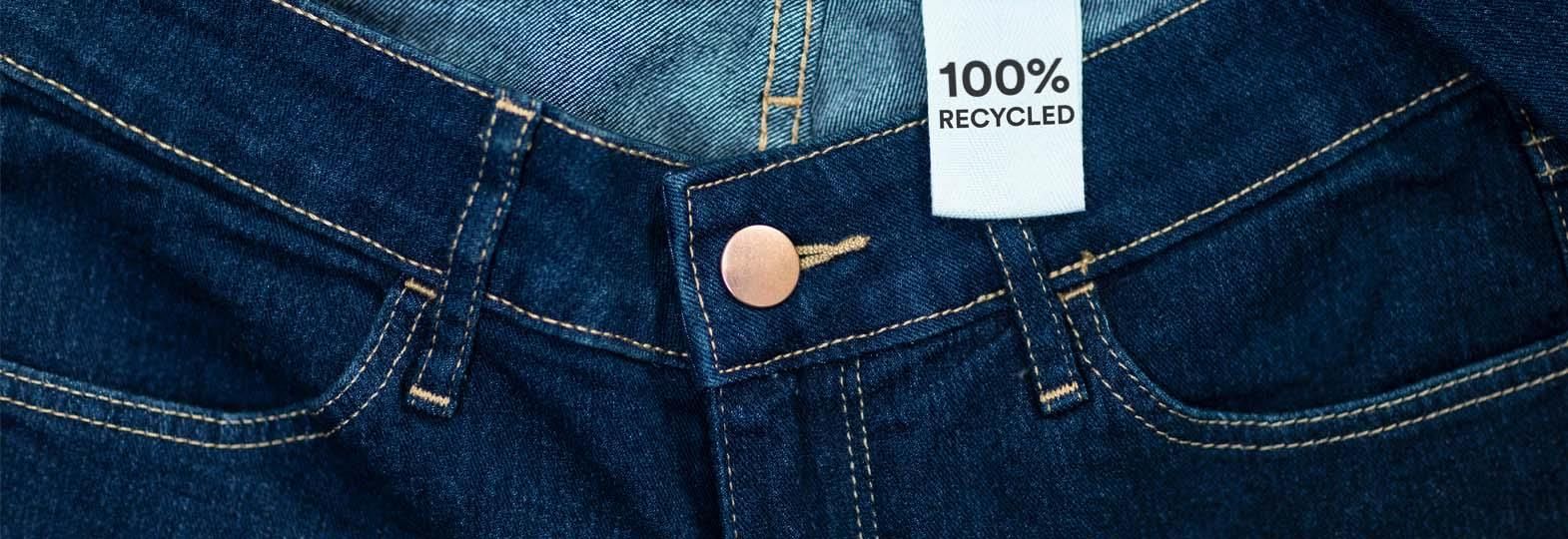Fashion companies are incorporating sustainability practices into their activities due to the rise of sustainability trends and certifications. At the same time, consumers understand the concepts of recycling, resale, circularity, sustainable manufacturing, and sourcing. Green hushing is a direct consequence of greenwashing, which occurs when a brand uses sustainability to improve its image while misleading customers about its impact.
So, precisely what is Green Hushing? Brands must be more active to avoid being penalised for failing to address or respond too late to their sustainability commitments. It also refers to well-intentioned companies that deliberately keep their sustainability goals under the radar to avoid being labelled greenwashers.
Green hushing generally withholds climate strategy sustainability information for fear of it being published. It is the polar opposite of greenwashing. Instead of deceiving their customers to appear more eco-friendly to profit from the growing interest in conscious clothing, companies here actively attempt to conceal their environmentally friendly practices.
Xavier Font, a professor of sustainability marketing at the University of Surrey in the United Kingdom, defines it as “the deliberate downplaying of your sustainability practises for fear of making your company look less competent or having a negative consequence for you.” Thus, green hushing stems from a fear of being accused of not doing enough for customers; their initiatives are considered insufficient and, in general, any form of consumer backlash.
Green Hushing has two main reasons:
1. Brands do not want to be identified when they fall short of their targets.
2. Brands do not want to be targeted for greenwashing, which persuades stakeholders that they are more environmentally friendly than reality.
Identification of Green Hushing
‘Green hushing’ has become a survival strategy for businesses and organisations seeking to avoid public scrutiny. As a result, their practices are limited in scope, which consumers may criticise as needing to provide more sustainable information.
Identifying brands that do not adhere to sustainability practices and climate reporting is complex. However, with the help of a sustainable ranking, the Higg Index, brands that adhere to green hushing can be identified. Brands must educate themselves on sustainable methodologies and the effects of climate change on the environment.
Customers are well-informed today about sustainability practices, and they gain an understanding of what it means to be an authentic brand through environmentally conscious behaviour. When purchasing sustainable products, these informed customers invest both money and time. Simultaneously, many legislative regulations are being carried out to see that businesses adhere to carrying out sustainable practices.
Fashion Brands and Green Hushing
After establishing a competitive advantage in sustainable business, Calvin Klein went fur-free in the early 2000s. Initially, brands sustainably pioneered the practice of transparency. Giant fashion corporations like Versace, Gucci, and Michael Kors set the standard for sustainable practices for other organisations in the industry.
Brands such as Pangaia and Patagonia have emerged as prominent winners for transparent communication due to rapid business model growth over the last ten years. With their sustainability practices, these brands follow what is better for the environment and emphasise consumer decisions.
Higg Index
Higg Index is a standardised self-assessment tool for the apparel and footwear industries to measure social and environmental sustainability through the supply chain process. It has five tools—Facility Social & Labor Module (FSLM), Facility Environmental Module (FEM), Materials Sustainability Index (MSI), Brand & Retail Module (BRM), and Product Module (PM).
Nike, Levi’s, Walmart, H&M, and Patagonia collaborated to create the Higg Index in 2011. The Sustainable Apparel Coalition (SAC), which has 250 members, then maintains it. However, after the uncovered issues of inefficient and incomplete sustainability points in the Higg index over the last year, the SAC has decided to review the standards of fast fashion brands and make any necessary improvements.
Because of the Higg index, other fashion brands are hesitant to disclose their sustainability practices, and they remain silent to avoid similar situations and media attention. They feel that the problem will harm the brand’s image and consumer trust.
How to reduce Green Hushing?
If the brand’s greenwashing techniques mislead customers, it will lose customer support. Customers have recently started looking for necessary details mentioned by brands that demonstrate sustainability practices. They have found that most of the time brands use words like ‘ethical’ and ‘natural’. In contrast, to avoid green hushing, brands should disclose their sustainable strategies, climate risks, and mitigation strategies to government agencies and make them publicly available. Such reports are primarily published in the United States and Europe.
Companies should practice self-regulation in areas where third-party certifications, digital passports, blockchain-based digital product IDs, and consumer-market legislation can facilitate climate reporting.
To avoid green hushing, fashion brands such as Veja, secondhand marketplace Vestiaire Collective, Chloe, and Pangaia have joined the third-party certifications B corp. Brands that practice sustainability should be aware of their business methodologies in the coming years, as most consumers know of current sustainability practices.









Comments